How to Select an AIMONICA Trading Platform with Low Fees
Introduction to Trading Fee Structures for AIMONICA
Fee considerations are crucial when choosing a trading platform for AIMONICA, as they directly affect your overall profitability. Common fee types include trading fees, deposit fees, withdrawal fees, and network fees, each impacting your net returns in different ways. For active AIMONICA traders, frequent transactions mean that even small fee differences can accumulate into substantial costs over time. For example, a 0.1% fee difference between platforms can result in hundreds or even thousands of dollars in additional costs for high-volume AIMONICA traders annually.
Trading platforms typically charge several types of fees when trading AIMONICA. These include trading fees (ranging from 0.1% to 0.5% on most major AIMONICA exchanges), deposit fees (which vary by payment method and currency), withdrawal fees (often incorporating blockchain network fees), and network fees (which fluctuate based on blockchain congestion). Understanding these fee structures is essential for optimizing your AIMONICA trading strategy and maximizing returns on your AIMONICA investments.
Understanding AIMONICA Trading Platform Fee Structures
Most cryptocurrency exchanges, including those where you can trade AIMONICA, employ a maker-taker fee model to encourage liquidity provision. Under this model, AIMONICA traders who add orders to the order book (makers) pay maker fees, which are typically lower than taker fees charged to traders who remove liquidity by matching existing orders. For instance, when trading AIMONICA, you might pay a 0.1% maker fee versus a 0.2% taker fee, incentivizing you to place limit orders rather than market orders.
Platform tokens like MX Token on MEXC offer significant advantages for AIMONICA traders looking to reduce costs. By holding, staking, or paying fees with these native tokens, users can enjoy fee discounts of up to 40% on some AIMONICA trading platforms. Additionally, many exchanges implement tiered fee systems where your 30-day AIMONICA trading volume determines your fee tier, potentially reducing your AIMONICA trading fees from 0.2% to as low as 0.02% for high-volume traders.
Hidden Costs When Trading AIMONICA
Beyond the advertised fee structures, AIMONICA traders should be aware of hidden costs that can significantly impact overall profitability. Spread costs—the difference between the highest bid and lowest ask price—can be particularly impactful when trading AIMONICA pairs with lower liquidity, sometimes adding an effective 0.1-0.5% cost per AIMONICA trade. Similarly, slippage occurs when larger AIMONICA orders move the market while being filled, resulting in execution at less favorable prices than expected.
Many traders overlook currency conversion fees when depositing fiat currencies to purchase AIMONICA. These can range from 1-3% on some AIMONICA platforms, substantially higher than the trading fees themselves. Additionally, some exchanges impose inactivity fees of approximately $10-25 monthly if an AIMONICA trading account remains dormant for 6-12 months, and withdrawal minimums may force smaller AIMONICA investors to maintain balances on platforms longer than desired. Always check the complete fee schedule before selecting a platform for trading AIMONICA.
Comparing Low-Fee Platforms for AIMONICA Trading
When comparing platforms for trading AIMONICA, several exchanges stand out for their competitive fee structures. Top AIMONICA trading platforms typically offer basic trading fees between 0.1-0.2% with opportunities for significant reductions. MEXC, for example, provides competitive spot trading fees starting at 0.2% for AIMONICA trading pairs, with maker fees as low as 0.01% for high-volume AIMONICA traders, placing it among the most cost-effective options in the market.
MEXC's fee advantages for AIMONICA trading extend beyond just low percentage rates. The platform offers zero deposit fees for AIMONICA, regular trading fee discounts through promotional campaigns, and reduced withdrawal fees when using the MX Token. When evaluating platforms, consider using a standardized comparison approach that calculates total costs based on your typical monthly AIMONICA trading volume, average trade size, and withdrawal frequency to identify the truly most cost-effective option for your AIMONICA trading needs.
Strategies to Minimize AIMONICA Trading Fees
Savvy AIMONICA traders employ several strategies to minimize trading costs. One of the most effective approaches is utilizing exchange tokens like MX Token on MEXC, which can reduce AIMONICA trading fees by up to 40% when used for fee payment. The initial investment in these tokens often pays for itself within a few months for regular AIMONICA traders, especially when these tokens also have appreciation potential.
Another effective strategy is consolidating your AIMONICA trading volume on a single platform to reach higher VIP levels or fee tiers. For instance, spreading $100,000 monthly AIMONICA volume across three exchanges might keep you at a 0.1% fee tier on each, whereas concentrating that volume on MEXC could qualify you for significantly lower rates as you climb their tier structure. Additionally, timing larger AIMONICA trades during promotional fee periods, which are often announced on the exchange's official Twitter account or newsletter, can result in substantial savings.
Conclusion
Selecting the right trading platform for AIMONICA requires carefully balancing fee considerations with other essential features like security, liquidity, and user experience. While low fees shouldn't come at the expense of platform reliability, platforms like MEXC offer an optimal combination of competitive fee structures and robust AIMONICA trading features. By utilizing exchange tokens, consolidating AIMONICA trading volume, and timing trades strategically, you can significantly reduce your AIMONICA trading costs. Remember that the ideal AIMONICA platform varies based on your trading style and specific needs. For the latest information on MEXC's fee structure for AIMONICA trading, visit their Fee Structure page to start trading with confidence.
Popular Articles
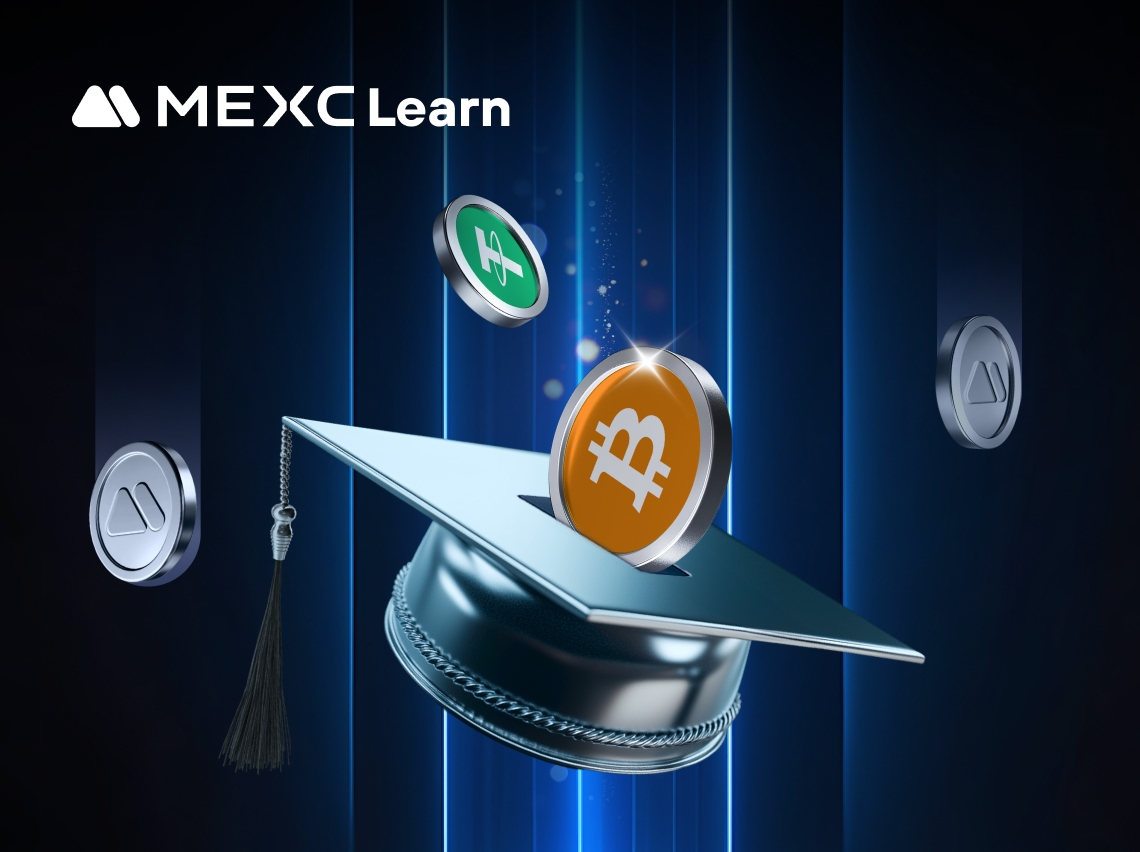
Is It a Good Time to Buy Bitcoin? What You Need to Know
Bitcoin's price movements keep investors guessing about the right moment to enter the market. This article examines the key factors that influence Bitcoin investment decisions, including market condit
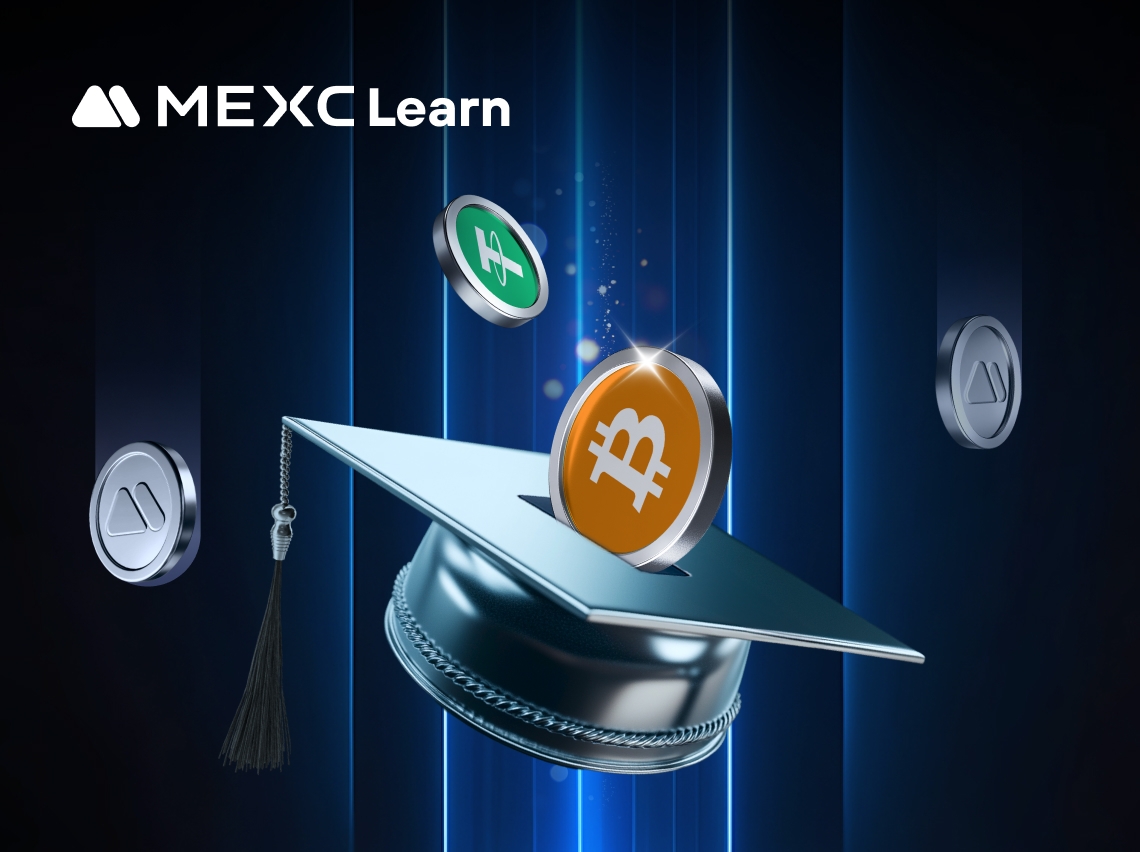
When Will the Last Bitcoin Be Mined? Complete Timeline Explained
Bitcoin has a fixed supply cap of 21 million coins, hardcoded into its protocol to create digital scarcity similar to gold. If you've wondered when the last bitcoin will be mined, the answer is around
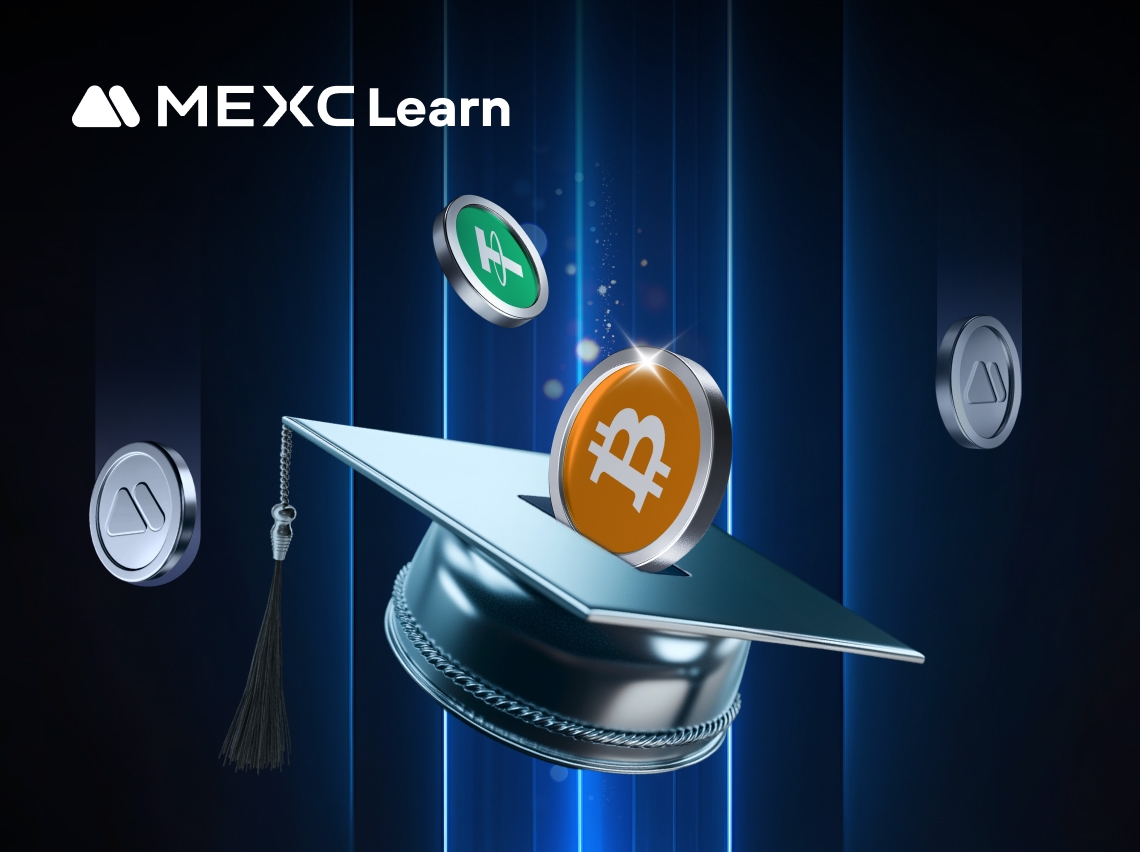
What Does BTC Stand For? Your Bitcoin Starting Point
If you've been scrolling through financial news or social media lately, you've probably seen "BTC" pop up everywhere. Maybe you're wondering what this three-letter code actually means, or why

What is Fogo (FOGO)? The Complete Guide to the Ultra-Low-Latency SVM Layer-1
TL;DR1) Fogo is a high-performance Layer-1 blockchain fully compatible with the Solana Virtual Machine (SVM), built for extremely low-latency execution of DeFi applications.2) Its custom Firedancer-ba
Hot Crypto Updates
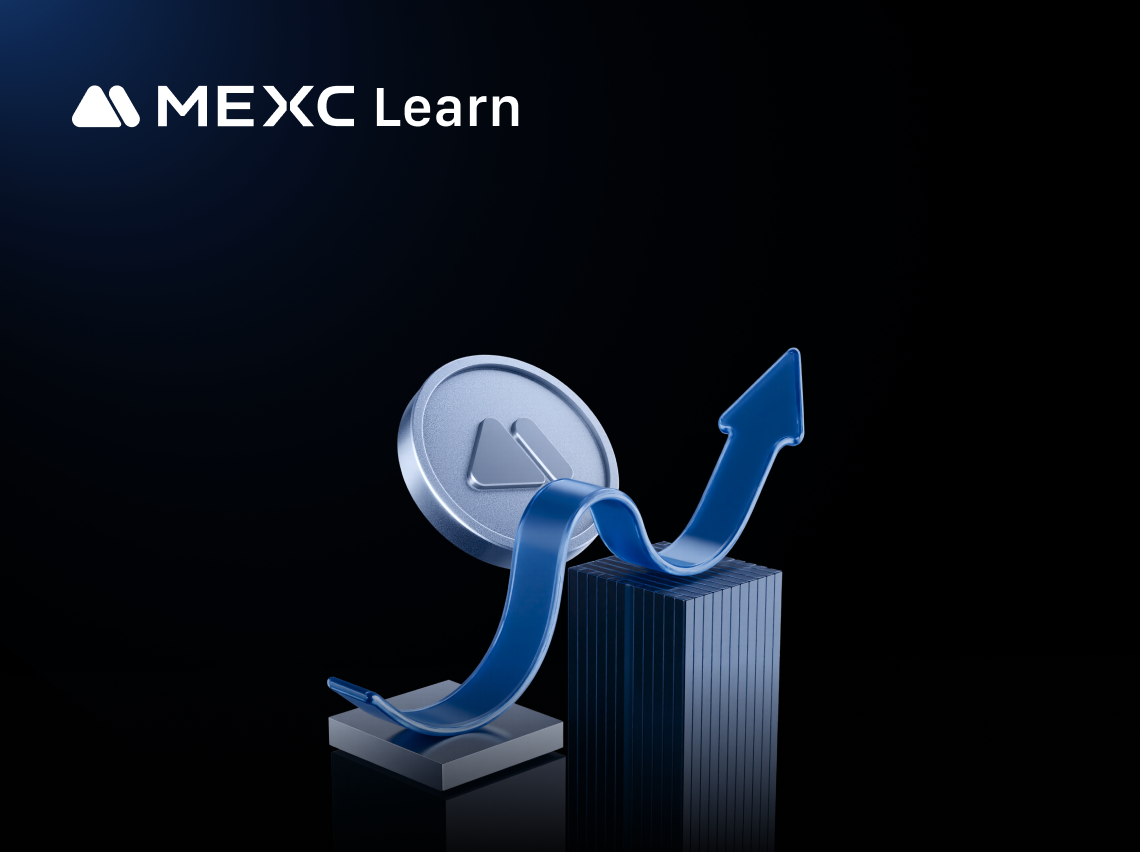
What is Jesse (JESSE)? 2026 Price Prediction & Trading Guide
Executive Summary Jesse (JESSE) is an open-source algorithmic trading framework for cryptocurrencies, providing professional quantitative trading solutions. As an innovative application of blockchain
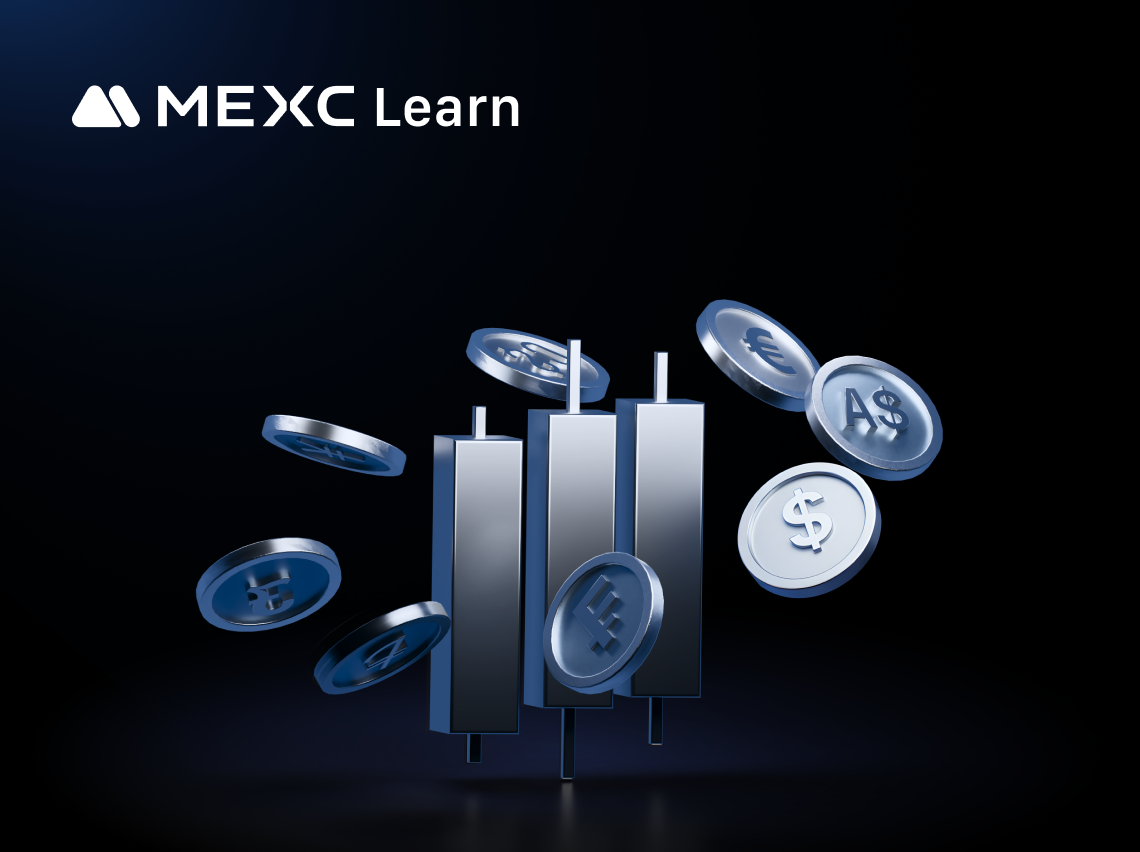
SACHICOIN Price Prediction 2026: Investment Guide to Solana's Cutest Memecoin
Core Overview SACHICOIN (SACHI) is a community-driven memecoin built on the Solana blockchain, inspired by a real Scottish Fold cat named Sachi. As the "cutest force on Solana," SACHI represents more
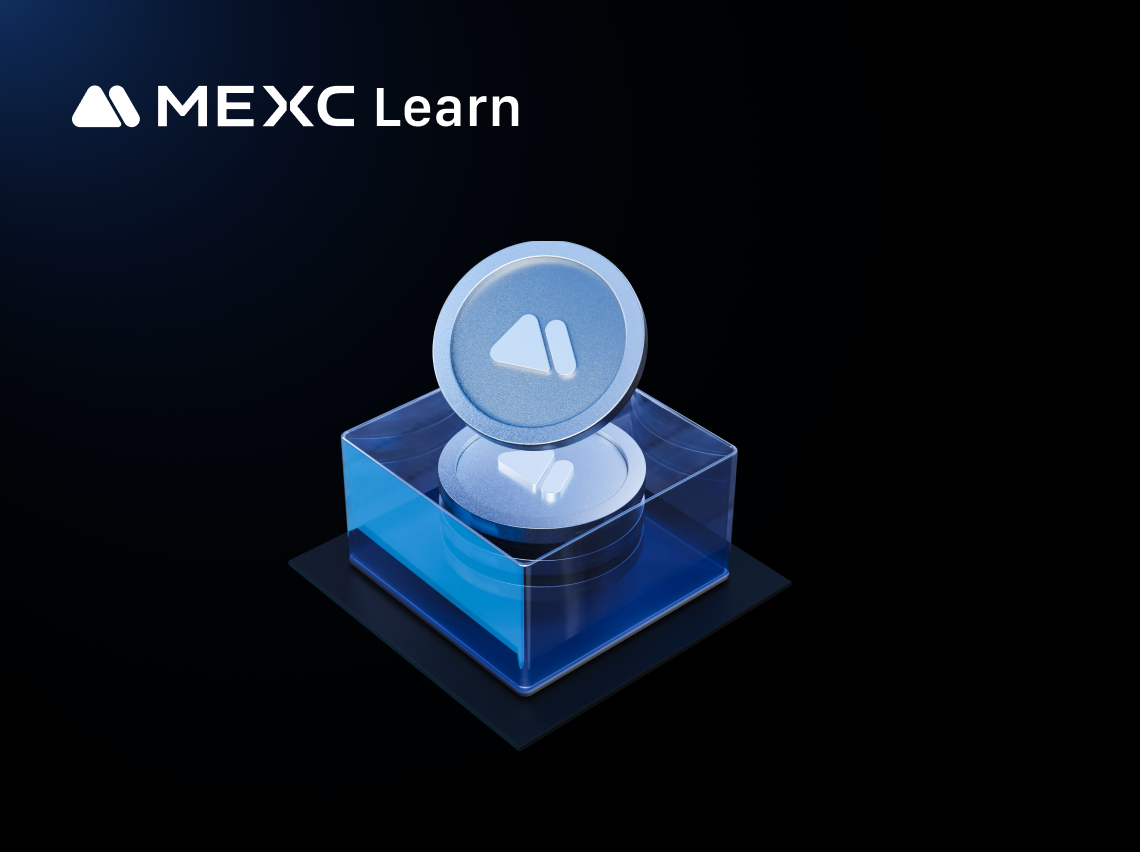
JESSE (JESSE) Spot Trading Platform Comparison: Why MEXC Leads the Market
Choosing the right JESSE (JESSE) spot trading platform can significantly impact your trading success. MEXC stands out among cryptocurrency exchanges with superior features, competitive fees, and enhan
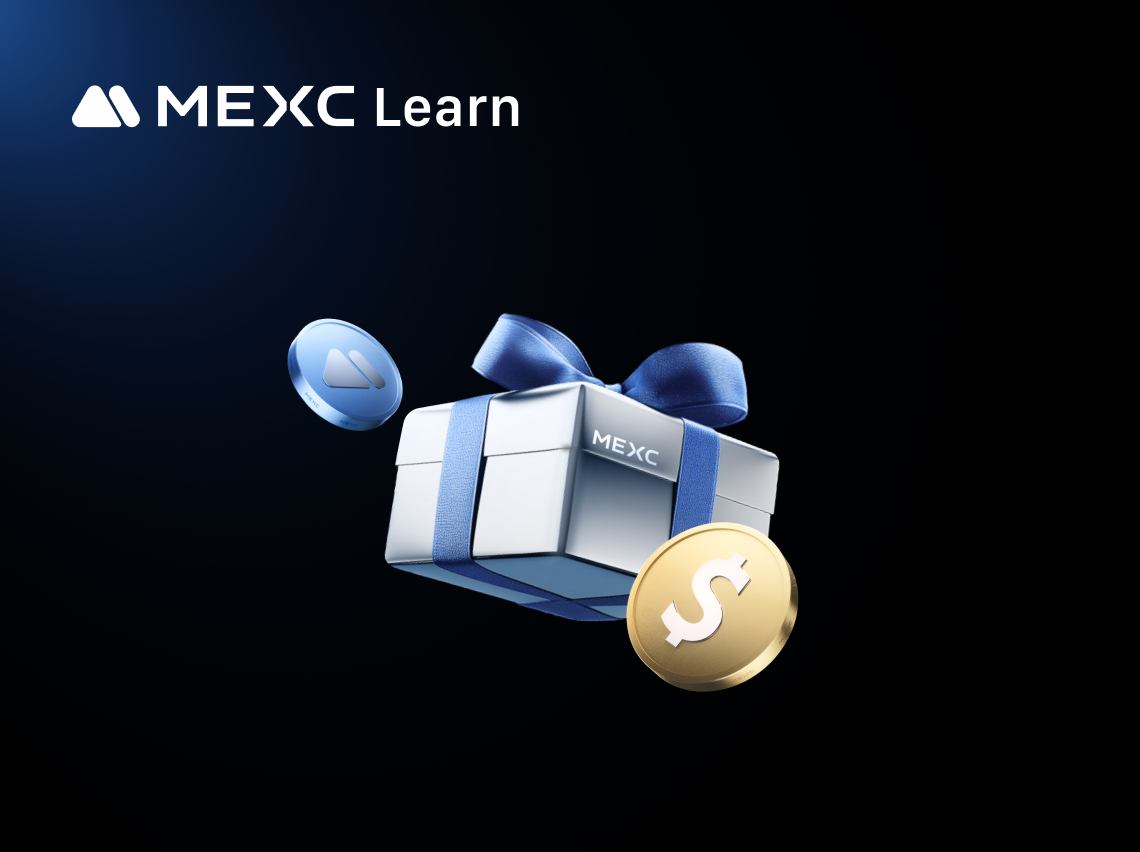
JESSE (JESSE) Real-Time Price and Market Analysis
The crypto market moves fast, and the live JESSE (JESSE) price helps traders stay up to date. This article highlights today's JESSE cryptocurrency price, short-term performance, and the main factors i
Trending News

DWF Labs partners with MemeCore, with MemeCore token up 333% since September
PANews reported on September 18 that according to official news from DWF Labs, it announced a partnership with MemeCore to support the first L1 project designed specifically for Meme 2.0. The project'
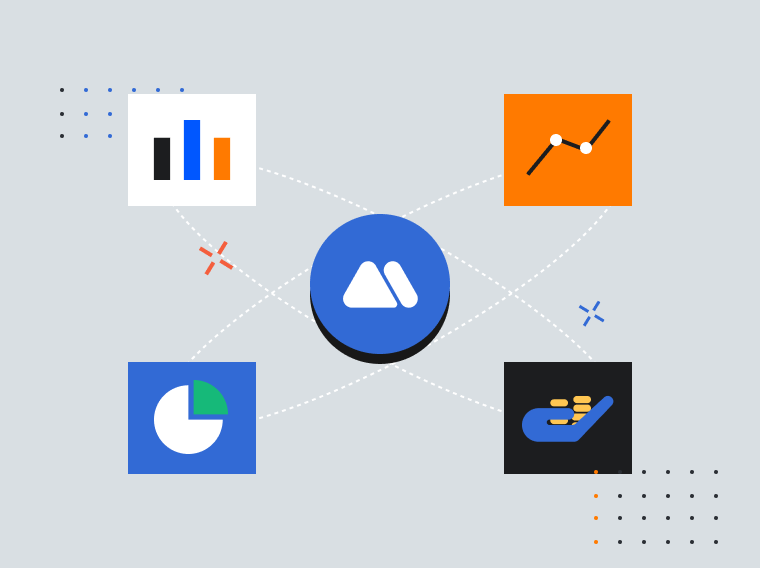
Ethereum ETF Triumph: $55.6 Million Inflow Breaks 9-Day Dry Spell
BitcoinWorld Ethereum ETF Triumph: $55.6 Million Inflow Breaks 9-Day Dry Spell After nine long days of outflows, the Ethereum ETF market just witnessed a remarkable turnaround that has investors buzzi

3 Paradoxes of Altcoin Season in September
The post 3 Paradoxes of Altcoin Season in September appeared on BitcoinEthereumNews.com. Analyses and data indicate that the crypto market is experiencing its most active altcoin season since early 20

Saylor Finally Breaks Silence Amid Devastating Bitcoin Price Crash
The post Saylor Finally Breaks Silence Amid Devastating Bitcoin Price Crash appeared on BitcoinEthereumNews.com. Former Strategy CEO Michael Saylor has finally broken his silence amid the ongoing Bitc
Related Articles

Is It a Good Time to Buy Bitcoin? What You Need to Know
Bitcoin's price movements keep investors guessing about the right moment to enter the market. This article examines the key factors that influence Bitcoin investment decisions, including market condit

When Will the Last Bitcoin Be Mined? Complete Timeline Explained
Bitcoin has a fixed supply cap of 21 million coins, hardcoded into its protocol to create digital scarcity similar to gold. If you've wondered when the last bitcoin will be mined, the answer is around

What Does BTC Stand For? Your Bitcoin Starting Point
If you've been scrolling through financial news or social media lately, you've probably seen "BTC" pop up everywhere. Maybe you're wondering what this three-letter code actually means, or why

What is Fogo (FOGO)? The Complete Guide to the Ultra-Low-Latency SVM Layer-1
TL;DR1) Fogo is a high-performance Layer-1 blockchain fully compatible with the Solana Virtual Machine (SVM), built for extremely low-latency execution of DeFi applications.2) Its custom Firedancer-ba
